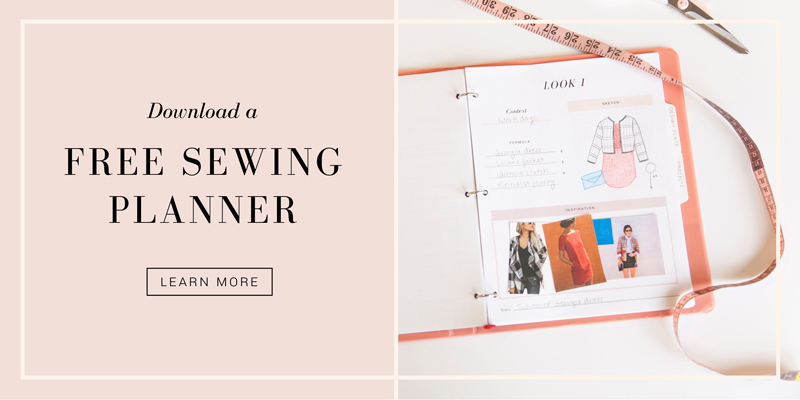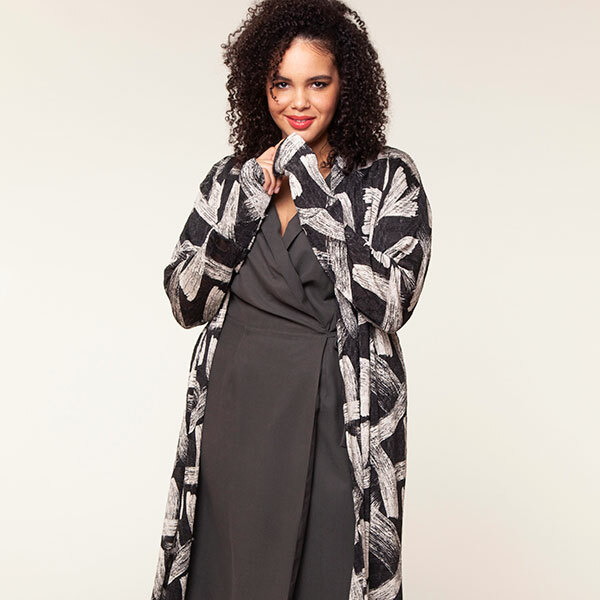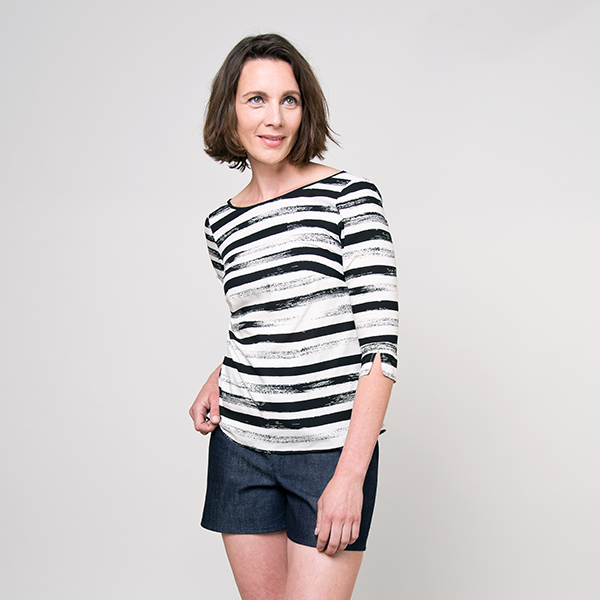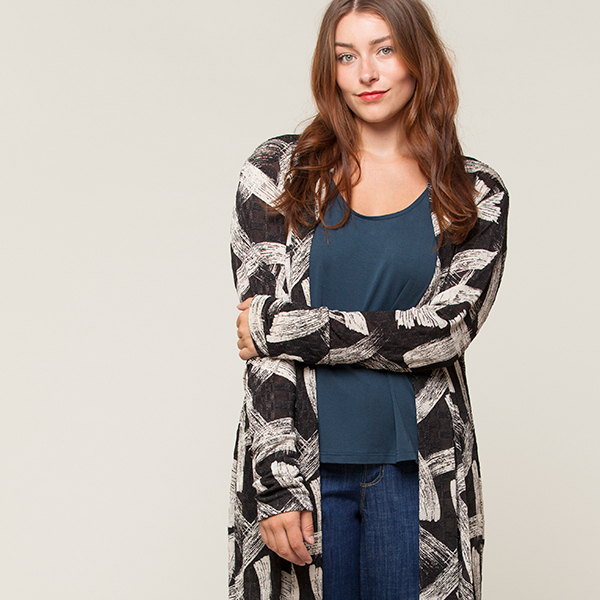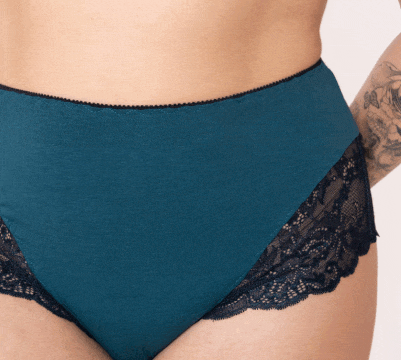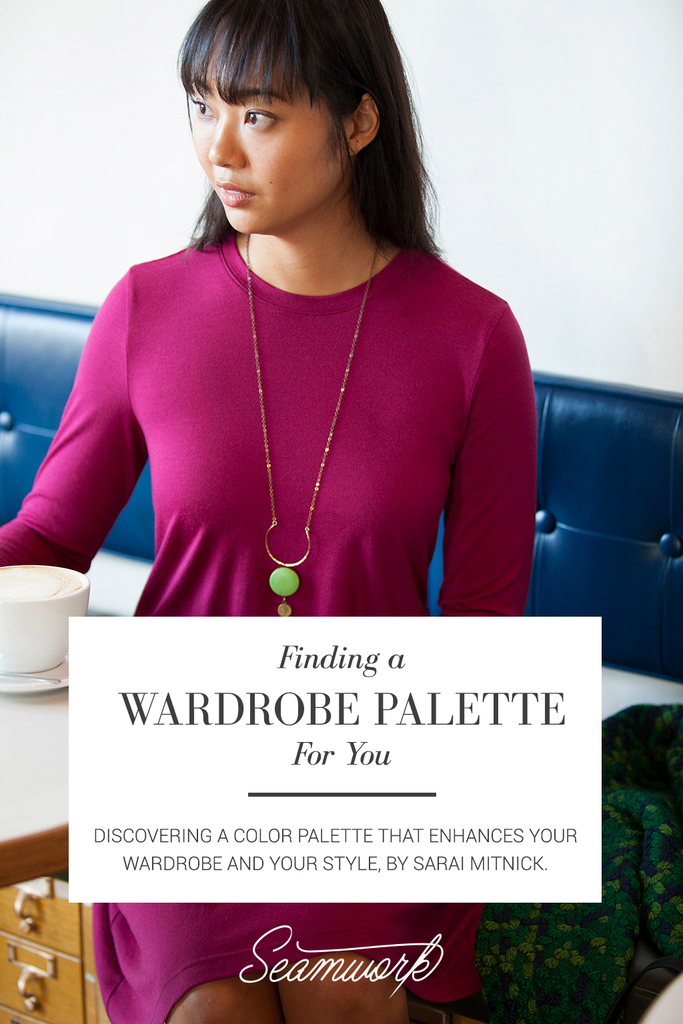Color is an extremely powerful force in our lives. Color affects our mood. It affects how food tastes to us. It affects how and what we buy.
Not only is color a potent communication tool, but it's also a nuanced one. We are capable of perceiving a huge number of colors, each one arousing a slightly different feeling in us.
Perhaps you can't articulate why a certain shade of apricot feels good to you, but a slightly yellower shade does not. Somewhere deep within your mind, a combination of biology, culture, and context makes that decision before you are even aware of it.
It creates a visceral, physical response that you experience as emotion.
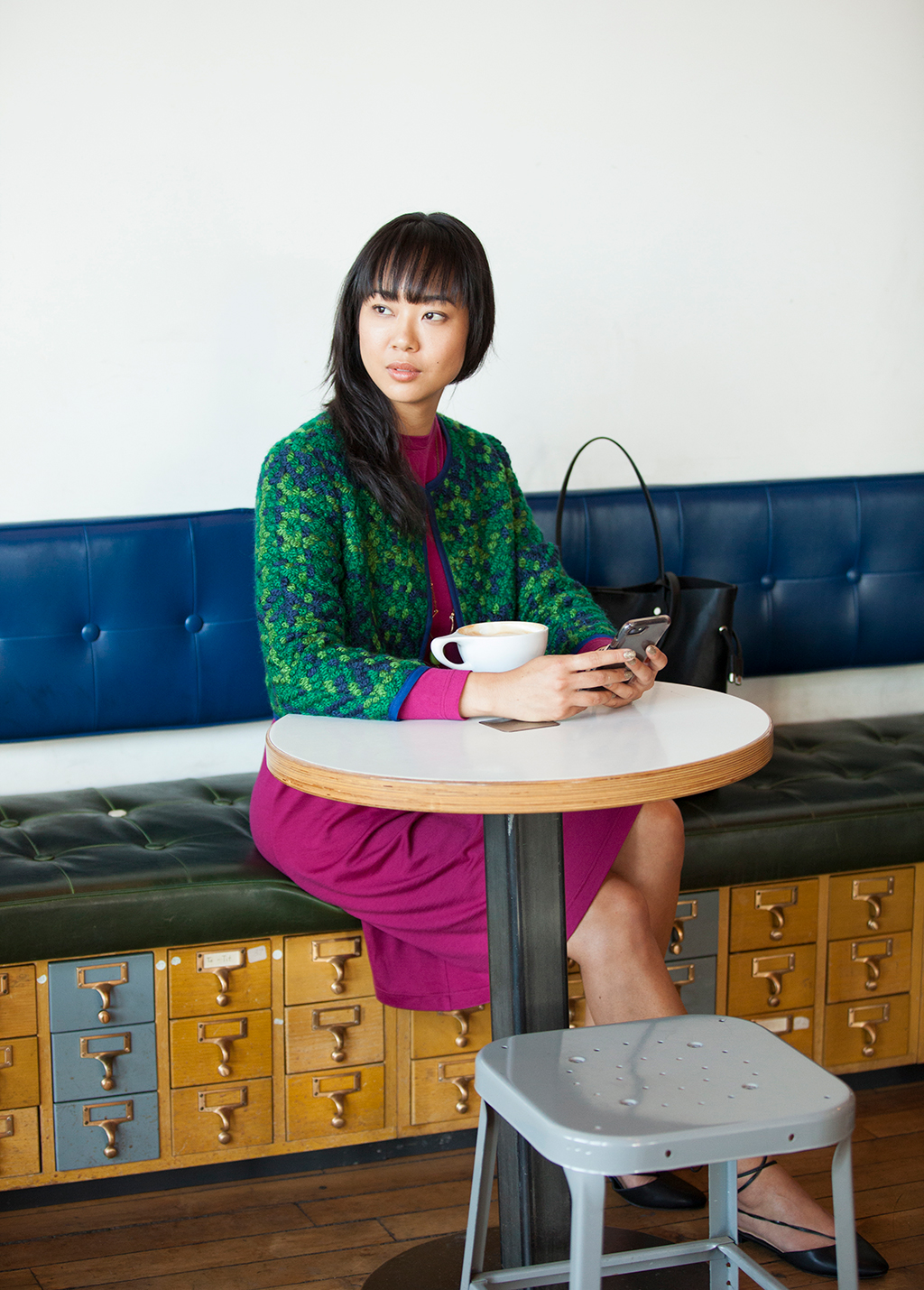
The feeling of color
This is why the most important factor in choosing the colors that surround you is thinking about how the colors make you feel. The often overlooked fact is that color is a powerful language. Designers and artists use color to tell a visual story. Because of its variety and emotional impact, it's an extremely effective tool for conveying messages—not just messages to the world about who you are, but also messages to yourself about how you want to feel.
By developing a palette, you create an outward expression of the moods, feelings, and reactions that you want to convey. And those feelings are unique to who you are, because no one experiences color in exactly the same way you do.
Most advice you'll read about incorporating color into your wardrobe focuses on whether a color is flattering rather than how it makes you feel. Let's dissect that a bit. What does the word "flattering" really mean in this context?
Generally, when it comes to color, flattering means that the color emphasizes your physical attributes and draws attention to them. It helps others see you, often by directing attention toward your face.
I fully believe that whether something is considered generally "flattering" can and should be overridden by how it makes you feel when you wear it. If you feel beautiful or powerful in a certain color, you will project that, after all.
But sometimes you're just not sure why certain colors work on you and others make you feel sort of "eh," even if you like them in theory. That's when a basic understanding of how color works with your unique features can be helpful.
Again, this is about understanding some basic principles that can help you pick colors that make you feel good, not about abiding by arbitrary rules. If a color is hard to pull off but makes you feel happy, wear it. Clothing should make you happy.
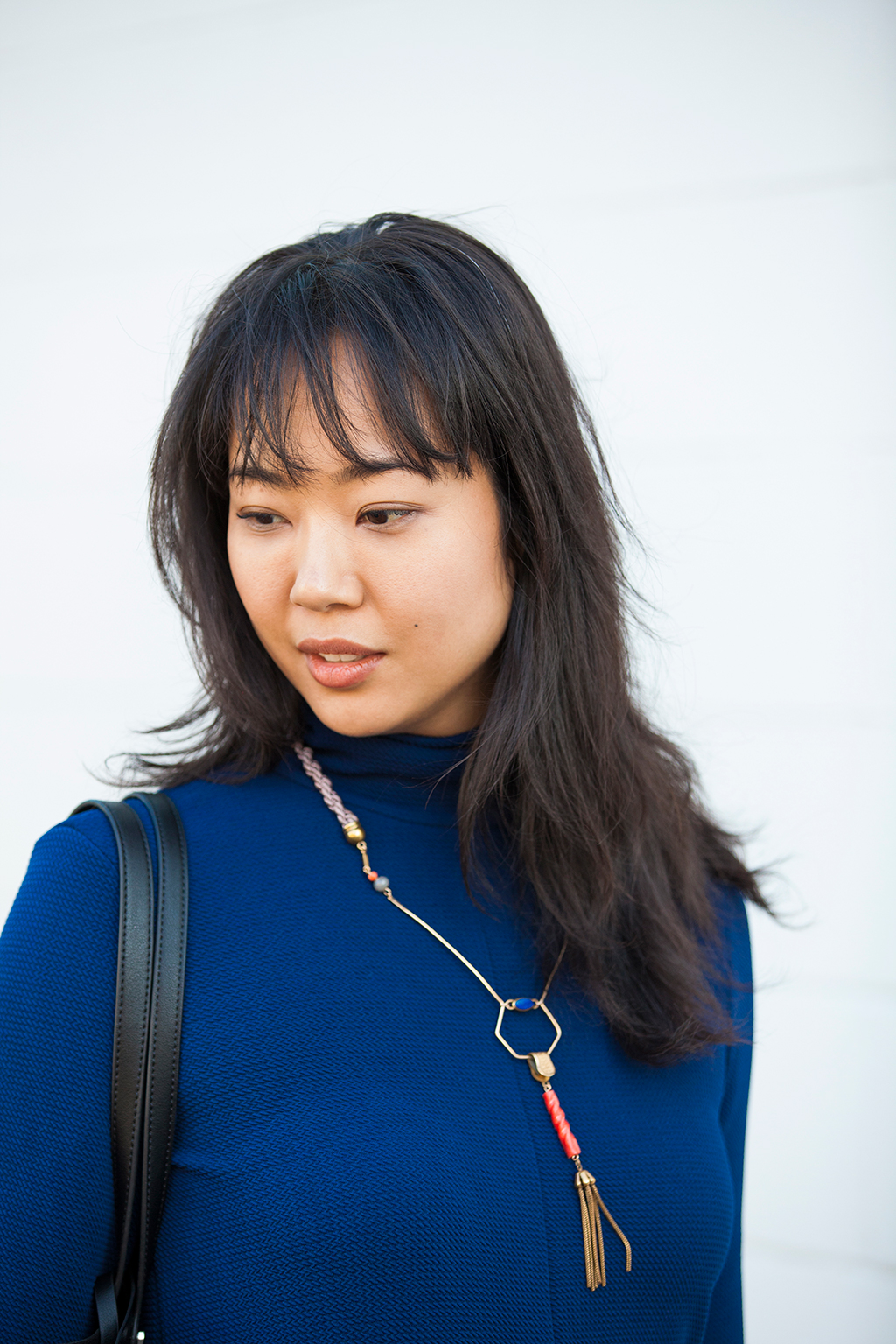
What makes colors flattering?
When we say that a color is "flattering," what we mean is that it works in harmony with your existing physicality. It doesn't fight against your natural looks, but works alongside them and draws attention to them.
Personally, I think the word "flattering" is entirely subjective. It's about what makes you feel good about the way you look.
But if a color doesn't seem to work for you and you can't quite figure out why, understanding a few simple things about color will help you make tweaks that make you feel better in what you put on.
There are three main factors that make a color work with you:
- Hair color
- Skin tone
- Eye color
Hair color
Hair color is often overlooked when it comes to finding colors that suit you. It's important for a couple of reasons.
The first is that hair color provides contrast. Essentially, the colors in your clothing should have a similar level of contrast to that of your hair and skin. A person with dark hair and pale skin has a high contrast. Someone with blonde hair and pale skin has less contrast.
Contrast tends to draw the eye. So if you are a high-contrast person, wearing high-contrast clothing enhances and draws attention to the contrast of your face and hair. Generally, the darker your hair, the more contrast you can get away with in your clothing.
If you are a low-contrast person, your skin and hair tend to blend together a bit more. High-contrast clothing competes with your facial features and leads people to notice your clothes rather than your face.
If you are a dark-complected person with dark hair, you may think that this makes you low contrast. In fact, having dark hair and dark skin tends to provide a natural contrast against many colors. Bright or high-contrast colors can compliment deep skin tones beautifully.
Second, you can also choose colors that bring out the tones in your hair. This can be especially true for those with hair colors like gold or shades of red. Pulling out those tones by wearing colors such as rust, butterscotch, mustard, or crimson can bring even more attention to your face.
This is why blondes can get away with wearing some bright colors, even if they are low-contrast. The colors they choose may bring out their natural tones and brighten their appearance rather than overshadow it. They just need to be chosen carefully.
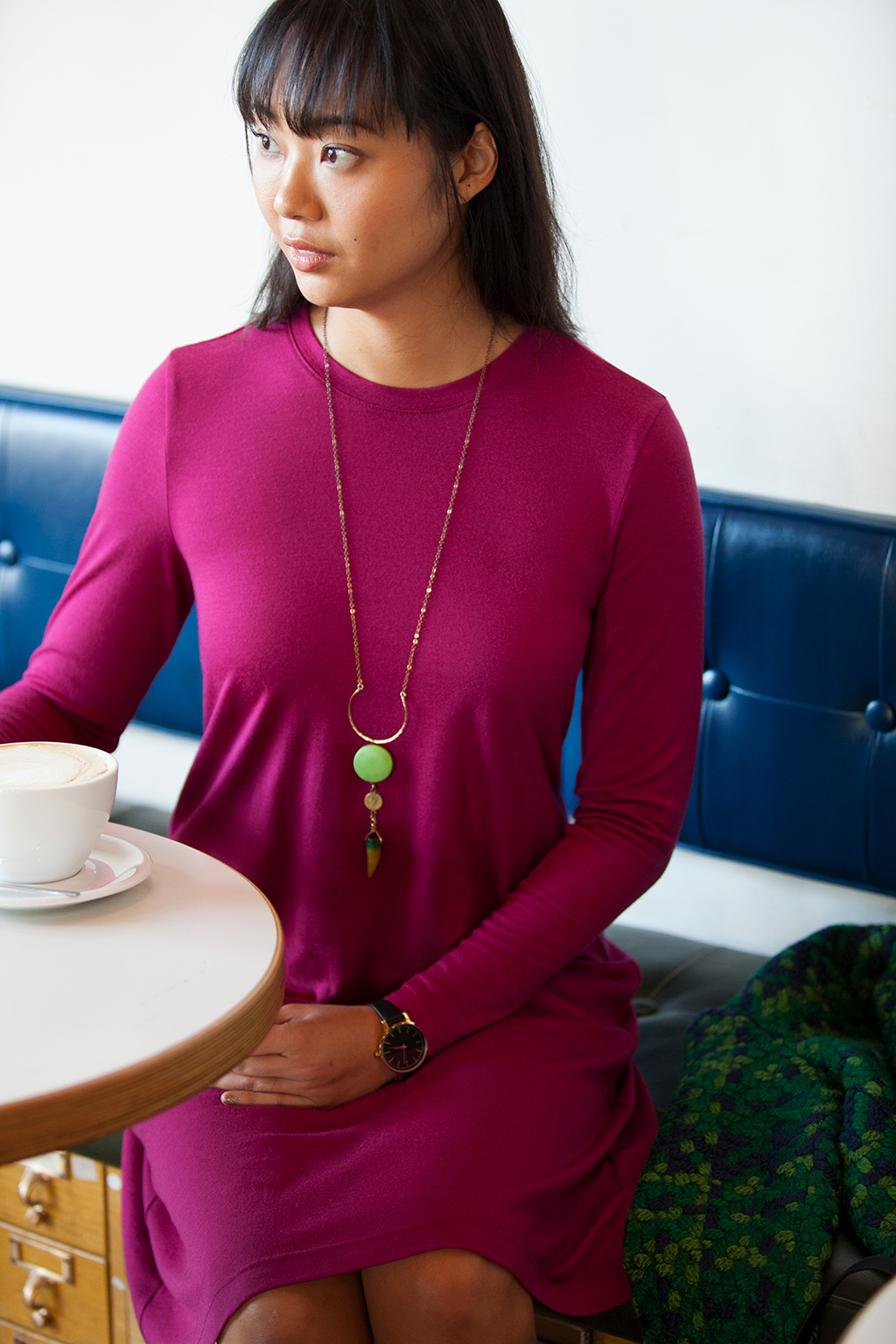
Skin tone
The second natural factor that can affect color choice is your skin tone.
Just like with hair color, you can pull out shades from your skin tone in order to enhance your complexion and draw attention to your face. Most commonly, this is done by figuring out if you have a warm, cool, or neutral complexion.
Warm complexions tend to have more yellow or gold in them, while cool complexions tend to be more pink, red, or a little blue. As you might guess, cool complexions are flattered by cool colors such as blues, and warm complexions by warm colors such as yellow.
Neutral complexions are somewhere in the middle, with both types of undertones. These types of complexions can wear both warm or cool colors.
How do you know which type of complexion you have? If you don't know, I find the best way is to simply ask someone at a makeup counter. Makeup artists and salespeople are adept at recognizing skin tones so that they can match colors.
Another trick is to hold up gold and silver jewelry near your face, one at time. Which seems to brighten your skin more? Gold jewelry generally suits warm skin, and silver suits cool skin more.
Eye color
The final factor in choosing flattering colors is your eye color.
Wearing colors that match or compliment your colors is a great way to draw attention to your face, particularly your eyes. If you have brown eyes you may look great in shades of gold and brown as well as shades of blue that complement your brown eyes.
Discovering your colors
There are a lot of systems out there for finding out which colors suit you, the most well-known being the Color Me Beautiful system of seasons that advises specific palettes depending on your coloring.
These systems can help simplify your choices. But be aware, they mostly address the "flattering" part of the equation and don't factor in personal style quite as much. The two should really work in harmony to give you a palette that makes you happy.
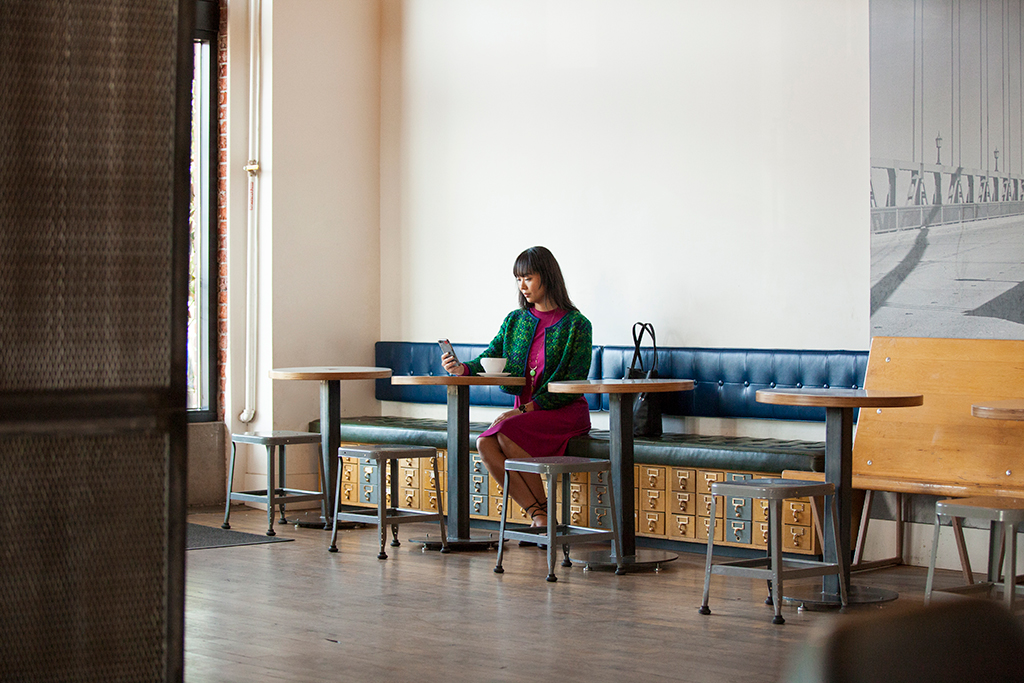
Your color story
To build a wardrobe that makes you feel great about how you look and also makes you feel the way you want to feel through your life—whether that’s calm and serene or bright and positive—it can be helpful to create a palette of your favorite colors to choose from.
Start by making a list of the colors that build the emotions you want to feel. Because there are so many colors to choose from, it may help to look through your wardrobe and your fabric stash for ideas, or try some of the resources listed below to get your ideas flowing.
Next, list the colors that are flattering to your skin, hair, and eyes. For more help and an interesting digital tool that can make this even easier, check out this Seamwork article on building a personal color palette. It illustrates some of these same concepts and will give you ideas for finding the colors that might work for you.
Once you have this list of colors, you can then separate them into neutrals, basic colors that are easy to mix and match, and statement colors. This palette can be invaluable when you go fabric shopping or plan seasonal capsule wardrobes to sew!
Join the conversation!
Share your thoughts with our community on Instagram! Use the hashtag #seamworkwardrobe and tell us: How do you plan your wardrobe color palette?
